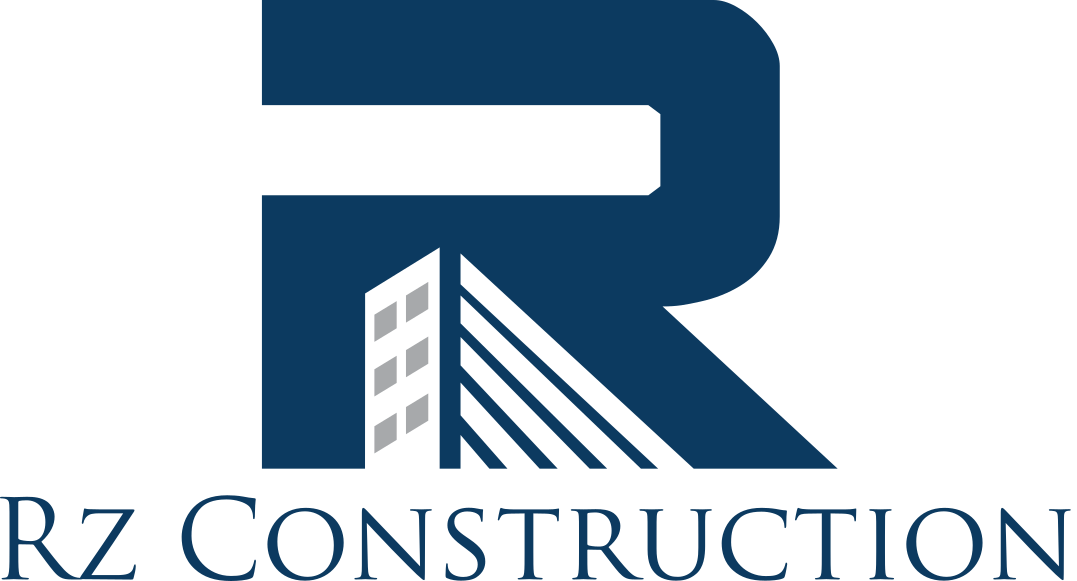If you’re in the real estate business, you’re probably well-versed in the value of renovations. Whether your building is on the lower end of the quality scale or a high-end one—capital improvements can significantly increase the income and ROI of your property.
Why renovate your multi-family apartment?
There are a variety of reasons why you might want to invest in modernizing your apartment community. For example, you may want to upgrade the units to draw in new renters, or you may need to do repairs to keep your current tenants satisfied. Or, you may have purchased an older property with the intent of rehabbing and redeveloping it. Regardless of the reason, investment in your property can increase its value and enhance your bottom line.
Of course, apartment renovations aren’t always cheap. Read on to learn about the basics of renovating your apartment.
Higher rental values
This should be self-evident. Older multifamily communities with fewer amenities typically cannot charge as much in rent as newer multifamily properties with high-end community amenities. Unless, of course, they have a killer location. The bottom line is that by providing quality to your tenants, you will typically charge more.
Attracting the tenants
Suppose you own a Class A building that’s a bit older and located in an area where there’s a lot of new construction going on. As new luxury units start to roll in, will your building be able to keep up with demand in its current condition? Maybe, maybe not. Either way, you run the risk of increasing your vacancy rate — and therefore your vacancy costs.
But what does “slightly older” mean? Before you get offended, I’m not talking about “old-fashioned.” Even a few years of neglect can be detrimental to renters looking for the best possible living experience. But, generally speaking, if your competitors are providing amenities, apartment amenities, and services that you’re currently lacking, it’s time to upgrade. Even if that means adding a community garden, or replacing equipment in your fitness center.
And this isn’t just for high-end communities. A class C community has the potential to bring even more value to the table by adding new amenities or replacing legacy systems.
The best part? It doesn’t have to be expensive. Even a small addition like a community garden can make your apartment complex stand out.
When is the best time to renovate?
The right time for a multifamily property renovation depends on several factors, such as your budget, your property’s condition, and your area’s rental market.
If you have the money to spend, renovating your property is typically best done when the market is at its strongest. This means you’ll benefit in the short run from higher rents and higher attraction or retention rates.
Your local rental market might not be strong, but that doesn’t mean property upgrades shouldn’t be done. It’s all about your property condition, the difference between in-place and market rentals, and other key factors like vacancy.
For example, if your community has low vacancy rates, even during one of the worst times in the market, it could be an excellent time to do renovations — from small improvements to gut renovations — in those empty units or all across the property. Do it when you’re full? You could suffer a more significant loss in rental revenues.
